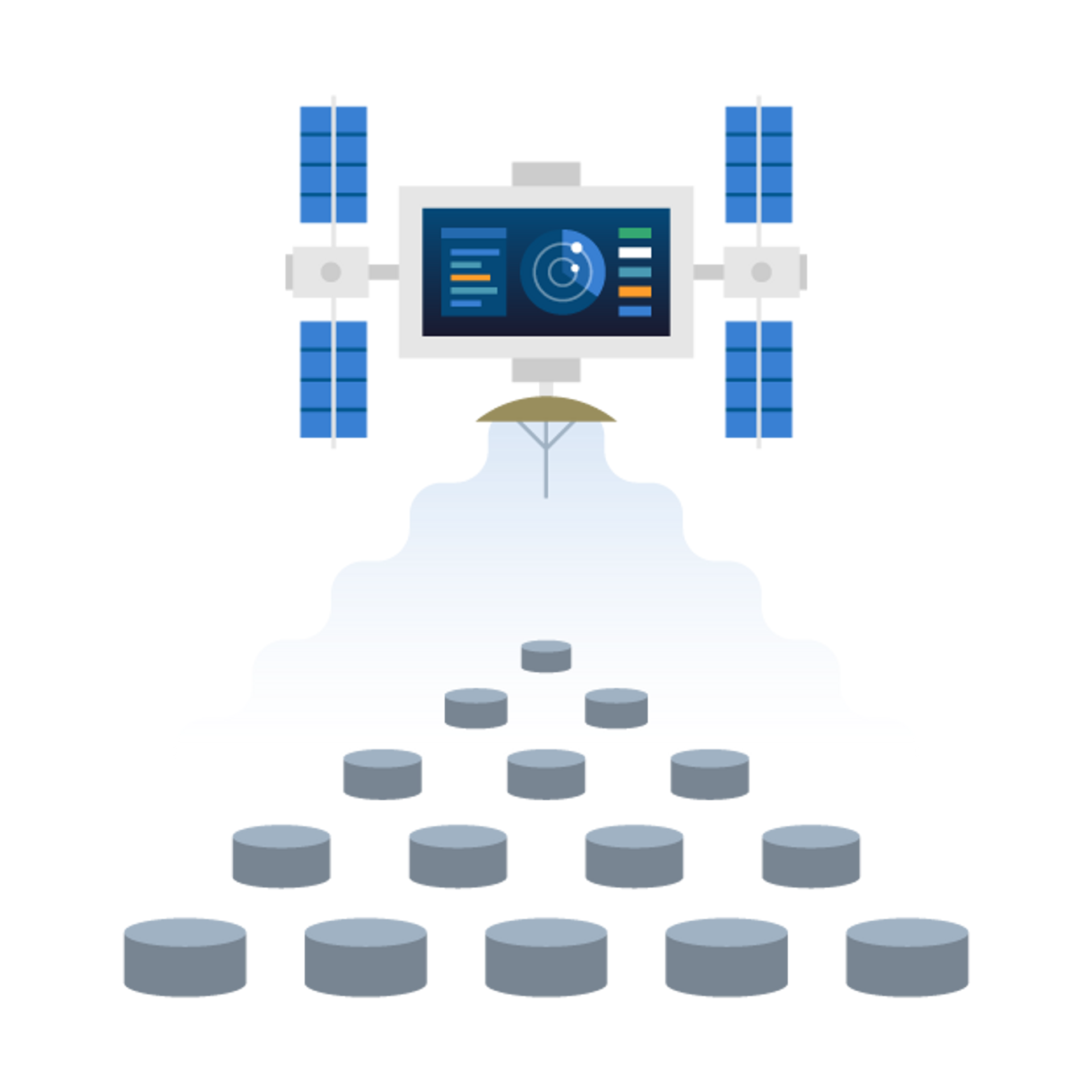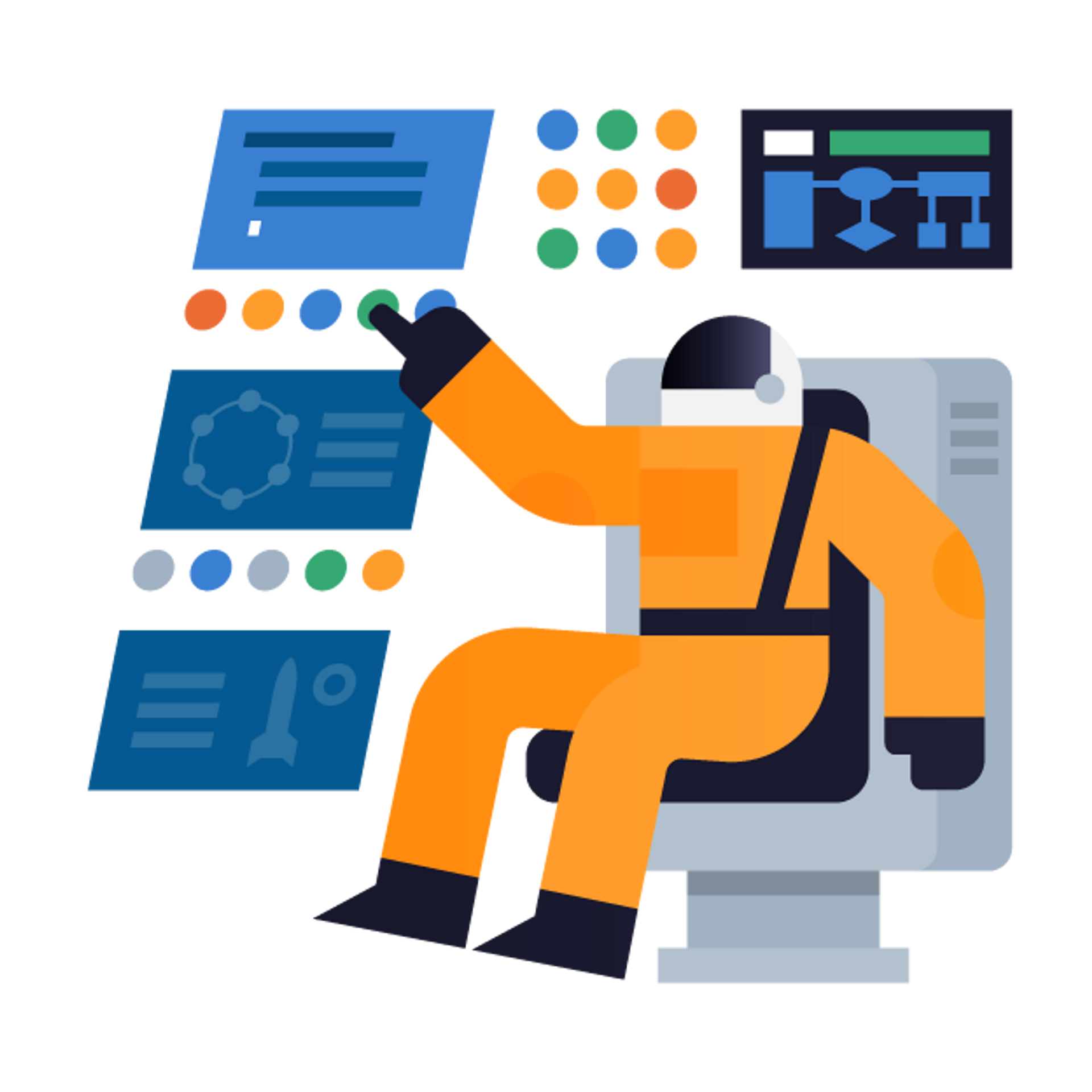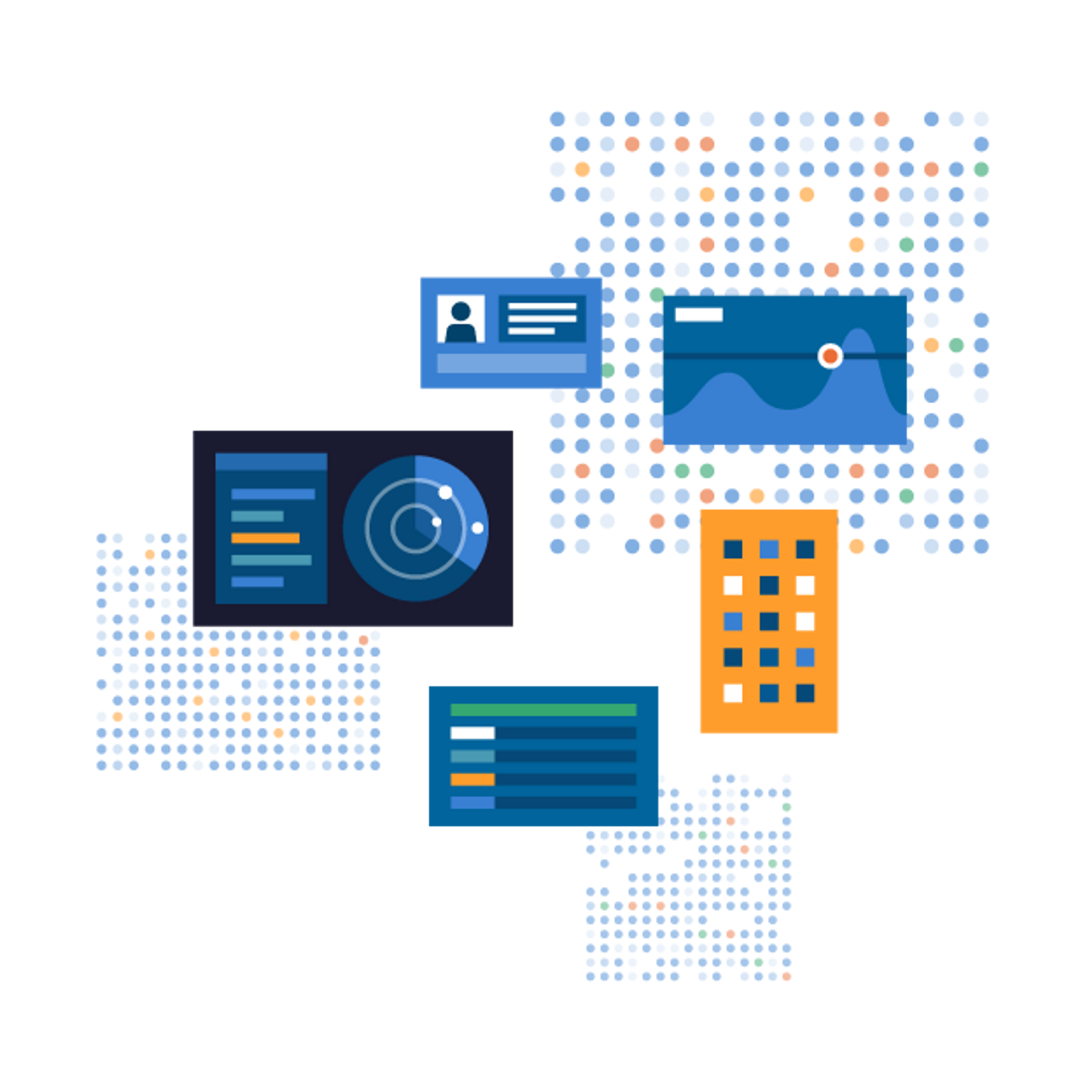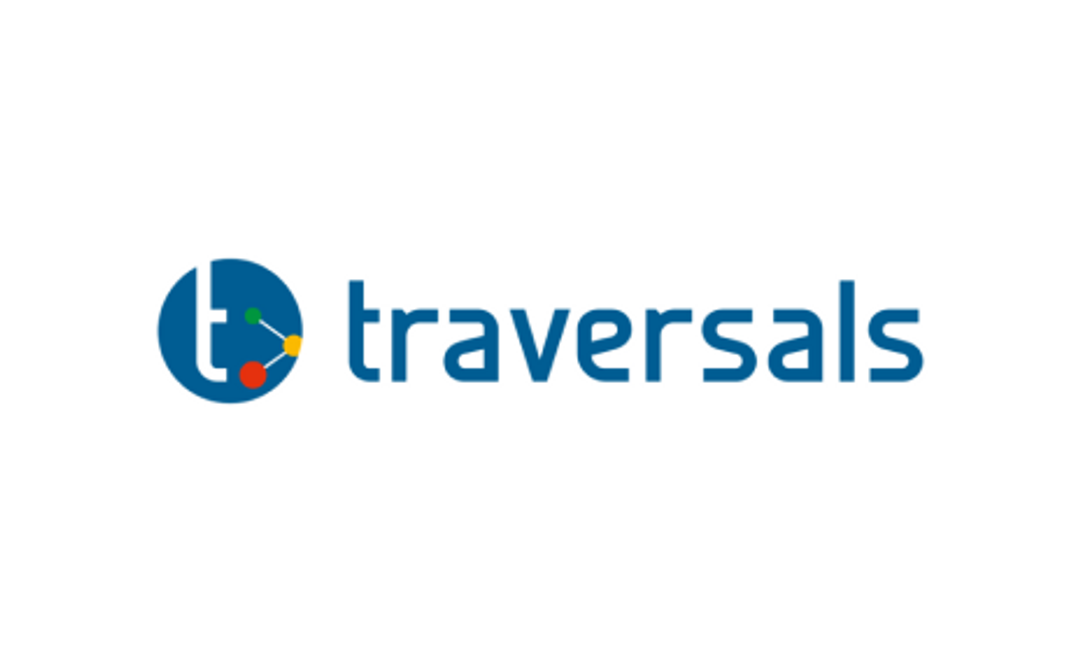Data-First Approach to Modernization
Enterprises and organizations everywhere are being challenged by the demands for more interactions across channels, instant personalization, and more real-time data to drive better intelligence.
On the other hand, data is locked in legacy infrastructure and technology silos.
A data-first approach to modernization changes everything, from managing data as an asset, to modernizing and creating new applications.

Consolidate NoSQL Workloads
You have different apps using NoSQL databases. Maybe it is a nationwide mobile curbside pickup app; or an app that authenticates tens of thousands of customers per second; or one that collects streams of sensor data to feed predictive analytics.
DataStax has created a multi-model database accessible via a developer-friendly API layer, enabling you to consolidate NoSQL workloads. This results in less operational complexity, more deployment options, and overall lower TCO.

Migrating Workloads from RDBMS to Cassandra
Certain workloads need the velocity and the always-on availability that only a NoSQL database like Cassandra can deliver. You don’t even need to migrate everything off your legacy relational databases; only offload some workloads to begin with.
Where do you start? A smart migration journey begins by understanding the normalized tables, relationships, and queries trapped in your relational databases. Understanding these assets becomes a starting point for planning out the microservices to build. Only then can the team plan out the actual migration execution that does not disrupt the business.
Data Modernization - A Future State
Reduce RDBMS to Apache Cassandra Migration Time by Two-Thirds
Doing a Large-Scale Data Migration Without Downtime and During Regular Business Hours
How To Migrate Your Data Cross-Cloud With DataStax Enterprise
How to Save Millions on Legacy Mainframe Operations
Want to move to no ops Astra DB with no downtime? No problem!

Modernize Applications, or Build New Ones
Whether you’re building new apps or modernizing existing applications into microservices, success will come only if your data platform is up to date. Many microservices still rely on relational databases as a point of integration and to enforce consistency, resulting in compromised application performance and no agility. Start with data to guarantee performance and agility.
Benefits of Data Modernization
High Performance
Fast modern applications result in delighted customers.
Business Agility
Small teams release innovative features fast and frequently
Lower TCO
No more exorbitant RDBMS license fees and less operational complexity
More Resources
What is Cloud Native?
And what does it have to do with data? Developers worldwide are building cloud-native applications using microservices, containers, orchestration and automation.
Continue ReadingA Case for Databases on Kubernetes
Kubernetes is everywhere. Transactional apps, video streaming services and machine learning workloads are finding a home on this ever-growing platform. But what about databases?
Continue ReadingFree DataStax Enterprise Evaluation
For those wanting to tap into the most powerful hybrid NoSQL database on the planet.
Learn MoreFree Consultation for DataStax Luna
For those running open source Cassandra but wanting the peace of mind that comes with enterprise support.
Learn More




